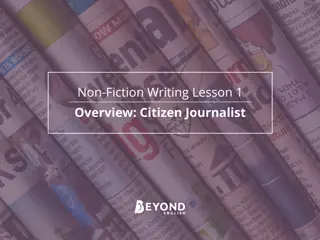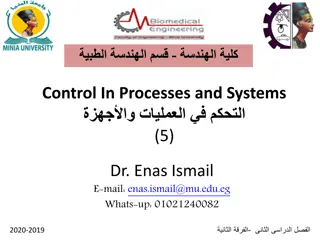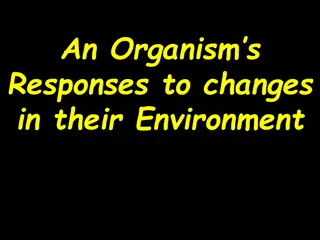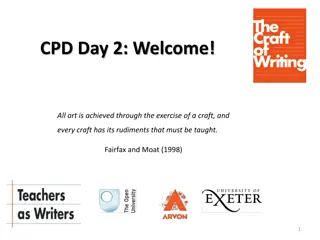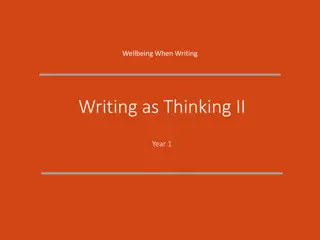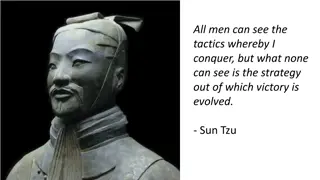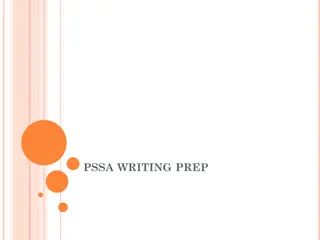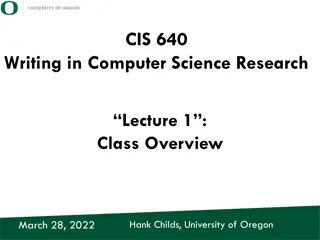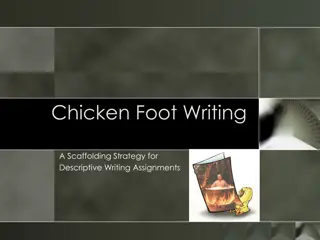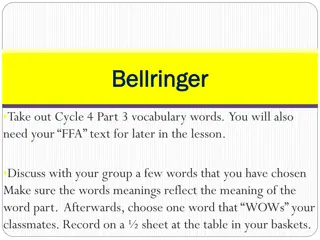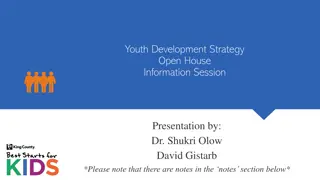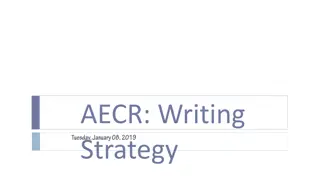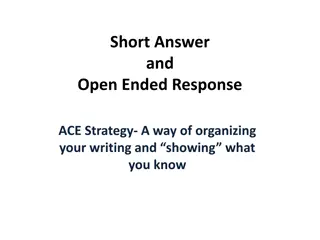AECR Writing Strategy for Effective Responses
AECR (Assertion, Evidence, Commentary, Restate) Writing Strategy is explained with examples and prompts, guiding readers on how to structure and develop coherent responses. The strategy emphasizes creating a strong assertion, supporting it with evidence from the text, providing commentary to explain and connect the evidence to the argument, and concluding with a thoughtful restatement. The examples illustrate how to apply the AECR strategy effectively in analyzing literary works.
Download Presentation

Please find below an Image/Link to download the presentation.
The content on the website is provided AS IS for your information and personal use only. It may not be sold, licensed, or shared on other websites without obtaining consent from the author.If you encounter any issues during the download, it is possible that the publisher has removed the file from their server.
You are allowed to download the files provided on this website for personal or commercial use, subject to the condition that they are used lawfully. All files are the property of their respective owners.
The content on the website is provided AS IS for your information and personal use only. It may not be sold, licensed, or shared on other websites without obtaining consent from the author.
E N D
Presentation Transcript
AECR WRITING STRATEGY
A = Assertion An assertion is an argument or claim that you make based on a prompt or question. Your assertion must answer the prompt or question. You may restate the prompt in order to answer all parts of the question.
E = Evidence You must use evidence from the text to support or prove your argument. Evidence can include examples from the text and/or direct quotes from the passage. Use phrases like I know this because the text says
C = Commentary Your commentary does two things: Explains your evidence (what does your evidence mean/show) Connects your evidence back to your argument (how does your evidence prove your argument) Never assume that your readers will automatically make connections make it clear for them!
R = Restate Restate/Reflect/Relevance This acts as your concluding sentence Do not simply restate your assertion reword your thoughts You may also reflect on the importance of your assertion or its relevance to life/history/society/etc.
AECR Example - Prompt Consider the title Lamb to the Slaughter. Who would you consider to be the lamb? Use at least one piece of evidence from the text to support your assertion.
AECR Example - Response When considering the title Lamb to the Slaughter, it is clear that Mr. Maloney is the lamb. This is true because in the text Mrs. Maloney simply walked up behind [Mr. Maloney] and without any pause she swung the big frozen leg of lamb high in the air and brought it down as hard as she could on the back of his head. Mrs. Maloney takes advantage of her husband by hitting him over the head while he is turned around. This shows that he is the lamb because Mr. Maloney is murdered unexpectedly and without reason, much like an innocent lamb who is taken to the slaughterhouse without understanding why. In conclusion, the fact that Mr. Maloney is senselessly killed while he is off guard makes it clear that he is the lamb.
AECR Example - Prompt Find a place in the text where the author uses strong or specific words. Analyze the nuances and connotative meanings of the words and phrases and how they contribute to the development of the mood. Use at least one piece of evidence from the text to support your assertion.


